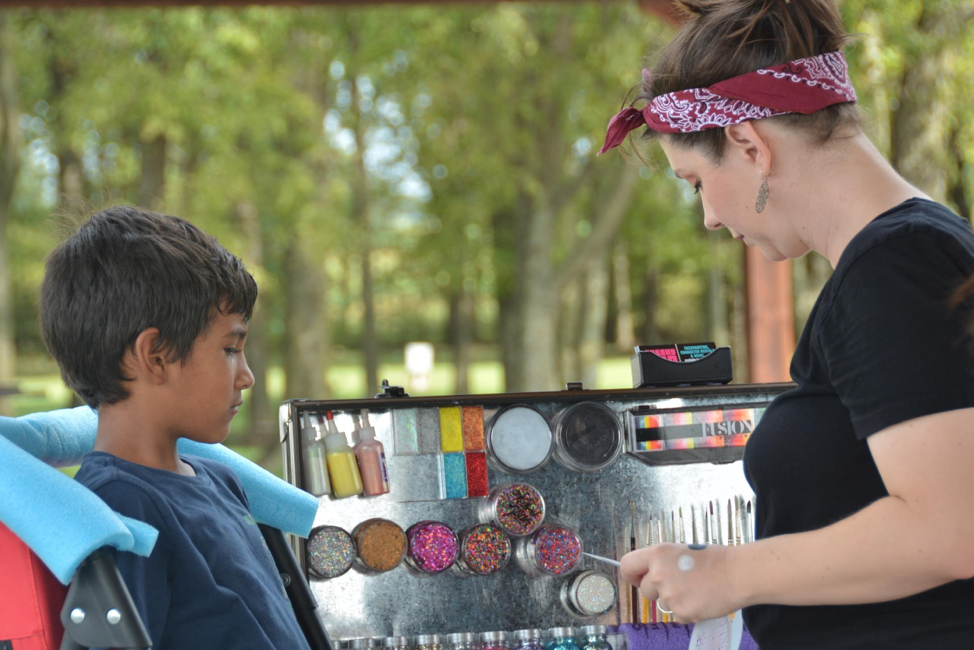Peoria Tribe: Bringing the youth of Oklahoma into Native America’s past
By Anna-Kate Weichel

The children gathered in a circle, sitting with their legs crossed, to listen to a story about their tribe’s past. They sat quietly, listening intently to what was being said about their ancestors. Then the story ended, and they rushed to the face-painting and bounce house stations to continue their celebration of National Indian Day.
The Peoria Tribe, headquartered in Miami, Okla., is making efforts to extend cultural knowledge to its youth.
Their history includes being descendants of the great mound civilization, used for burial rituals, created nearly 3,000 years ago. In 1854, several tribes came together to make a confederation now known as the Peoria Nation. This tribe wishes for its history and culture to be carried on from generation to generation.
Logan Pappenfort, the second chief in command of the Peoria Nation, has made it a goal to give the younger generations the knowledge they need to accomplish this. Pappenfort has been in the position for five years and each year has tried to spread more of the tribe’s history.
“I try to have at least one cultural event per quarter,” Pappenfort said.
His tribe celebrated National Indian Day in September, and the kids were initially engaged through face painting, camel rides and bounce houses.
“We wanted to make something where Native families could come out and get their kids involved in the culture,” he said.
Even though those activities were fun for the children, they were designed to draw them into events that held a larger cultural significance. Indian Day also included historical storytelling, hoop dancers and a stomp dance.
“This stomp dance could go on for two hours or end at 2 a.m. We just let them go on for however long they would like to,” Pappenfort said.
Tribal leaders are also concerned about how Native history is taught in Oklahoma’s public school system. They say it focuses on the larger tribes and doesn’t spend much time on migration patterns other than the Trail of Tears.
“The Oklahoma education system failed to help students see the Native way of life from a cultural perspective,” said Phillip Long, a University of Oklahoma graduate who belonged to a Native American club when he was in high school.
Pappenfort thinks the history of the indigenous people should be a required subject in Oklahoma public schools. He thinks that due to the location with many smaller tribes in the area, Native education is better in northeast Oklahoma.
But, Pappenfort said, “places where there is not a Native presence could use some work with telling the whole story.”
In the Oklahoma history curriculum taught in high schools, only seven of the 39 tribes are mentioned, tribal leaders said. They said events like the Peoria Nation Indian Day can help to fill that gap in the teaching of Native American history.
Pappenfort said he thinks that in recent years, state government leaders have made a better effort to connect with the tribes.
Anna-Kate Weichel a reporter with Gaylord News, a reporting project of the University of Oklahoma Gaylord College of Journalism and Mass Communication



